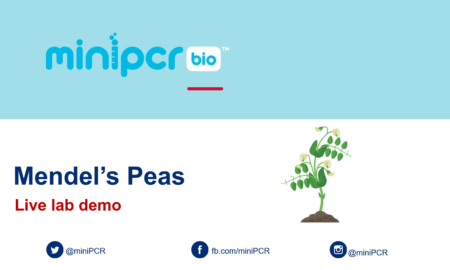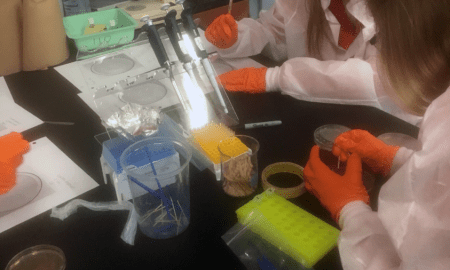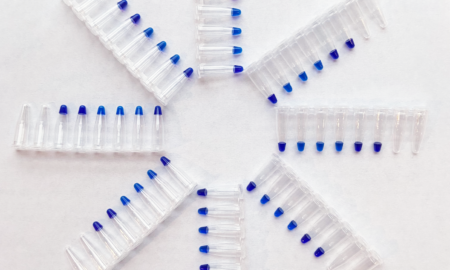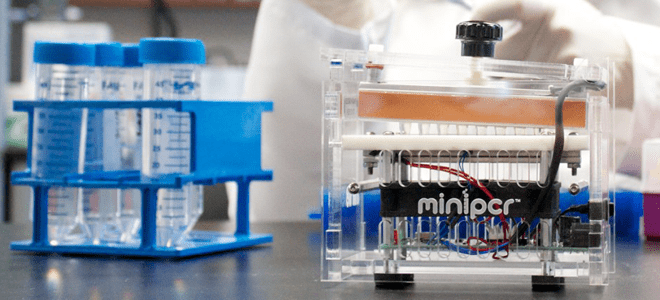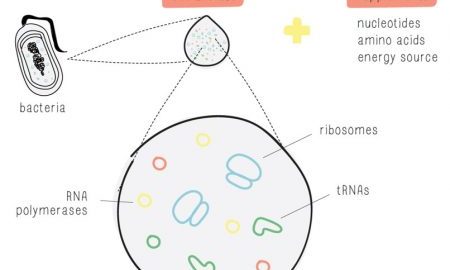How to bring micropipetting skills to your classroom
Buying your first set of classroom micropipettes or teaching students how to micropipette for the first time? Don’t worry – we’re here to help your classroom build basic micropipetting skills.
What are micropipettes?
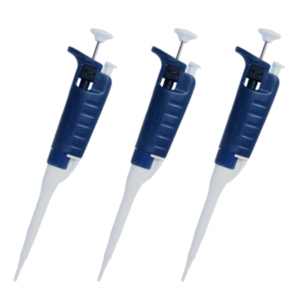
Micropipettes allow scientists to precisely measure small volumes, and are essential tools in the molecular biology lab. Nearly every single classroom biotech lab, such as gel electrophoresis or PCR, will require micropipetting proficiency, so it is important to first teach your students how to use a micropipette and to give them plenty of opportunities to practice.
What micropipette is right for me?
A single micropipette can cost hundreds of dollars, but luckily, you don’t have to spend that much to get a quality micropipette. miniPCR bio™ offers three types of affordable micropipettes, and this blog post will help you decide which micropipettes are right for your classroom and how many you need.
What else do we need to start micropipetting?
- Micropipette tips: Every time you use a micropipette, you will need to add a disposable pipette tip. Tips prevent liquids from entering the main body of the pipette, keeping the pipette clean. You should change tips every time you pipette a new sample to prevent contamination. To find the right micropipette tips to use with your micropipettes, refer to what the manufacturer suggests. For miniPCR bio micropipettes, check the table below:
| miniPCR micropipette | Micropipette tips |
|---|---|
|
0.5-10 ul micropipette tips or the equivalent standard tips |
| 2-200 ul micropipette tips or the equivalent standard tips | |
| 100-1000 ul micropipette tips or the equivalent standard tips |
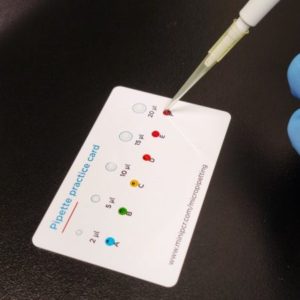
- Microtubes: Since the samples you will be micropipetting are small, you will need small tubes to hold these samples. We recommend these 1.7 mL microtubes to dispense and distribute reagents to students.
- Micropipetting Practice Dyes: Practice micropipetting with these colorful and affordable dyes! The color makes it easy for students to see if they are pipetting correctly.
- Micropipetting Practice Cards: These reusable plastic cards allow students to pipette directly onto circular targets to show students how large different pipetting volumes should be, from 2 to 20 µl.
- Silicone Practice Gels: Thinking of doing gel electrophoresis? We recommend students practice loading samples with silicone gels as a way to avoid the frustration of losing samples when performing authentic electrophoresis investigations.
How do I use a micropipette?
Our “How to Micropipette” video will walk you and your students through how to use your micropipettes! Our Micropipette Mastery activity guide also has written instructions for how to micropipette.
How can my students learn and practice micropipetting?
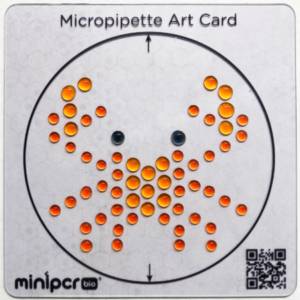
We have many micropipetting classroom resources available. Here is what we suggest:
- Have your students watch the “How to Micropipette” video and answer the accompanying video assessment questions.
- Use our Micropipetting 101 Learning Lab to help students master micropipetting by practicing with practice dyes and reusable supplies described above. Students will learn how to use a micropipette, practice pipetting different volumes between 2 – 20 uL and complete a colorful micropipetting volume challenge, and learn how to pipette samples into a gel using the practice silicone gels.
- Add some art! Our Full STEAM Ahead! Micropipetting Activity
encourages students to engage their creative side while they become micropipette experts and create their own microliter masterpieces! Check out the templates here. - If you are short on time or resources, you can simply have the students practice micropipetting different volumes with food coloring in water, but the activities above help train and engage students for micropipetting skills needed in biology lab applications.
Can I micropipette at home?
Yes! If you are practicing this key biotechnology skill at home, our Micropipetting @home: Microliter Madness kit has you covered.

